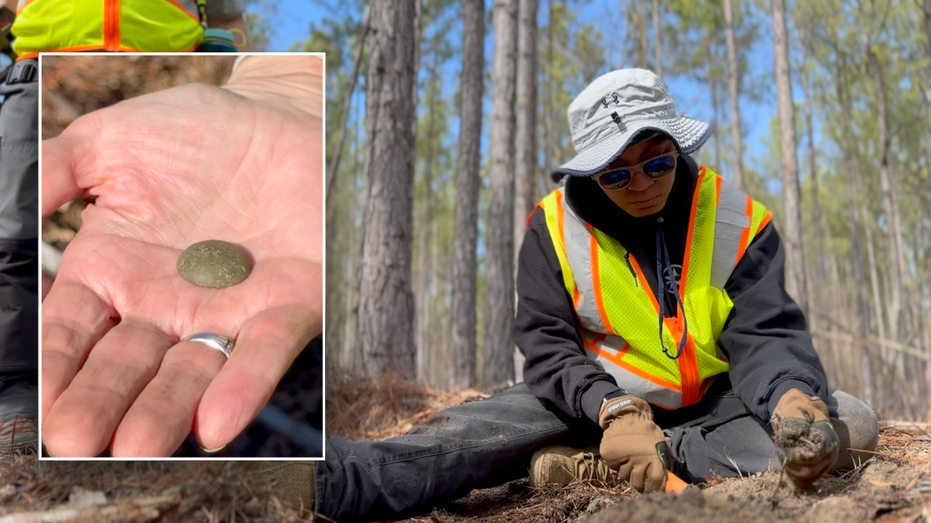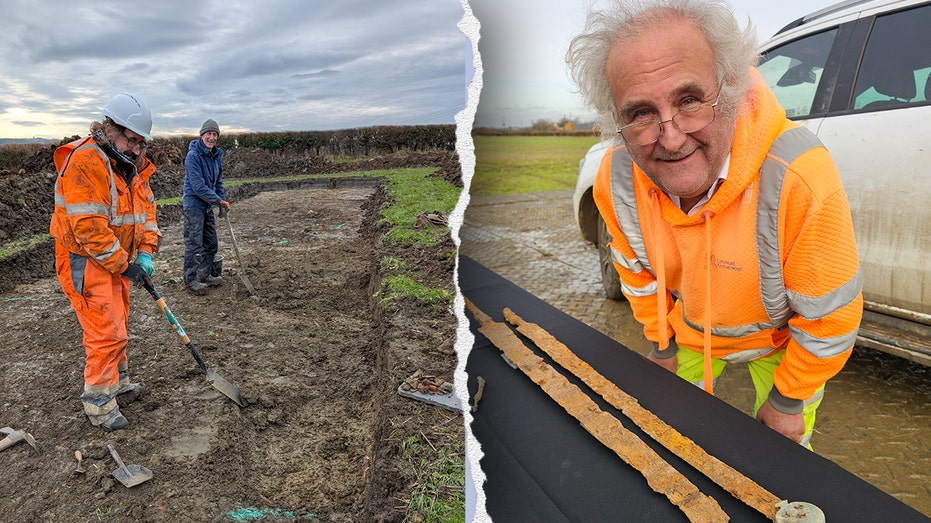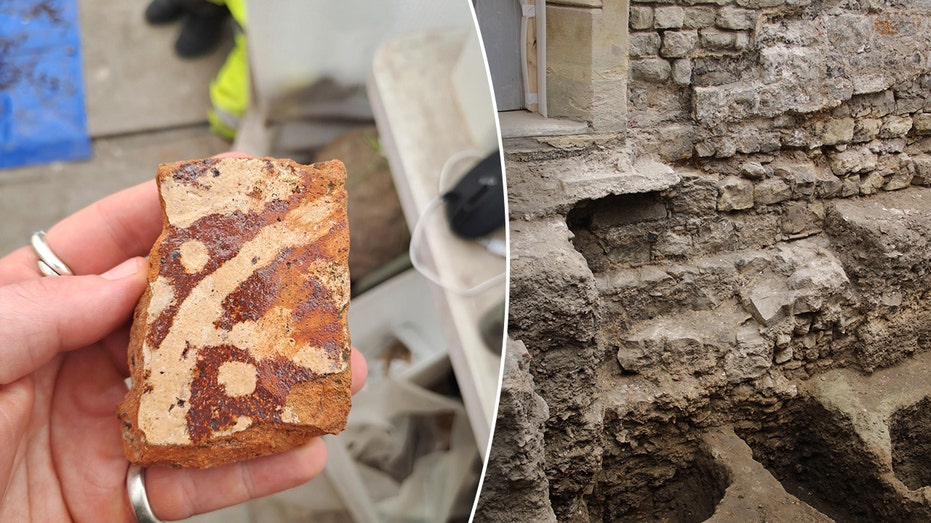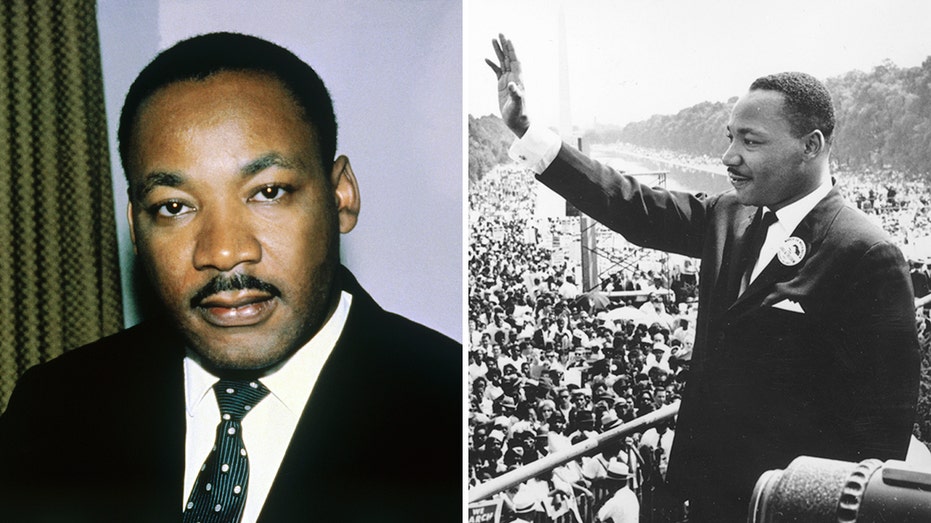Veterans Dig Deep into Revolutionary War Battlefield to Unearth History and Empowerment

Sarah Johnson
March 15, 2025
Brief
Disabled veterans excavate the Revolutionary War’s Battle of Camden site, uncovering artifacts and mapping troop movements while empowering participants and fostering mental well-being through archaeology.
A groundbreaking excavation led by disabled veterans has unearthed history while empowering those who served.
In a project spearheaded by the American Veterans Archaeological Recovery (AVAR), fourteen veterans spent four weeks excavating a Revolutionary War battlefield in Kershaw County, South Carolina. The site, where the Battle of Camden took place in August 1780, represents one of the colonial forces' most devastating defeats. But this wasn’t just about digging up artifacts—it was about rewriting narratives and reclaiming identities.
The team used GPS receivers to gather spatial data, aiming to map the battle’s movements and uncover whether the American militia truly broke ranks as quickly as historical accounts suggest. AVAR’s founder, Stephen Humphreys, explained, "We wanted to see archaeologically, is that true? How much did the American militia engage before retreating?"
This meticulous work included collecting and plotting data for every musket ball discovered, creating a heat map to analyze troop movements during the battle. Humphreys added, "You end up with a heat map showing patterns on the battlefield, helping us evaluate where troops were firing from and where they were firing toward."
Humphreys, a U.S. Air Force veteran with a Ph.D. in archaeology, founded AVAR in 2016 to blend his passions for history and veteran empowerment. Notably, many of AVAR’s participants are disabled veterans, bringing unique insights and a work ethic that Humphreys says surpasses others in the field. "Our vets work harder than most, going the extra mile to uncover every artifact and tell a personal story," he said.
Beyond the historical findings, the program also helps veterans manage stress, anxiety, and depression, while focusing on long-term employment opportunities. Humphreys emphasized, "We leverage their strengths, especially on conflict sites, where military veterans bring a unique respect and understanding."
The excavation had strong support from partner organizations, including the American Battlefield Trust, Historic Camden Foundation, and the South Carolina Institute for Archaeology and Anthropology. David Duncan, President of the American Battlefield Trust, lauded the initiative: "AVAR’s mission shows how preserved battlefields can deepen our understanding of the past while improving the mental and physical well-being of veterans."
The veterans, working among the pine trees and windswept grounds of the battlefield, felt a profound connection to the site. "You walk out there, and it has a presence," Humphreys said, describing the area as "hallowed ground."
This excavation is more than just a historical endeavor—it’s a testament to resilience and a reminder that history still has lessons to teach, especially when unearthed with heart and determination.
Topics
Editor's Comments
I’ll admit, there’s something poetic about veterans reclaiming a piece of history that echoes their own struggles. It’s like the battlefield is giving them a chance to rewrite both the past and their own narratives. Also, who knew musket balls could hold so much drama? Turns out, history really does have layers—literally.
Like this article? Share it with your friends!
If you find this article interesting, feel free to share it with your friends!
Thank you for your support! Sharing is the greatest encouragement for us.



